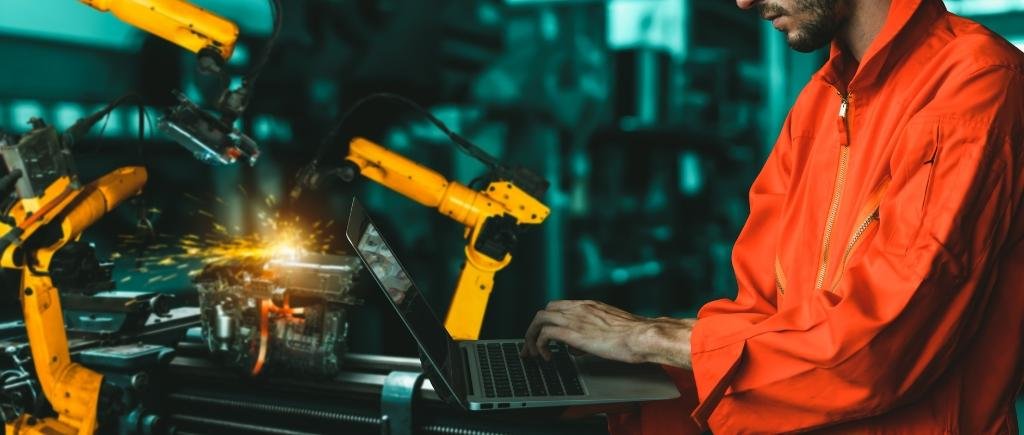The Asia-Pacific welding electrodes market trends have been showing strong and steady growth over the past few years. This region has become a major focus for welding electrode manufacturers, suppliers, and distributors due to increasing demand from various industries such as construction, shipbuilding, automotive, railways, oil & gas, and infrastructure. Countries like China, India, Japan, South Korea, and emerging markets in Southeast Asia are driving this growth with rising investments in development projects, manufacturing hubs, and industrial expansion.
Growing Industrial Activities Driving Demand
One of the key drivers behind the growth in this region is the rise in industrial activities. Manufacturing is expanding rapidly across Asia-Pacific. Governments are encouraging industrial growth by offering incentives and improving infrastructure. As more factories and production units are set up, the demand for welding electrodes is naturally rising. In India, the government’s “Make in India” initiative has created a positive impact on local manufacturing and boosted the need for welding consumables.
In China, massive investments in industrial parks and export-driven manufacturing have kept the need for welding solutions high. Japan and South Korea, with their focus on automation and advanced manufacturing, continue to show steady usage of quality welding electrodes, particularly for high-precision work.
Infrastructure Projects Fueling Market Growth
Large-scale infrastructure development is another strong factor shaping the market. Across Asia-Pacific, countries are building roads, bridges, rail networks, airports, and smart cities. These projects require large amounts of welding and fabrication work. Welding electrodes are essential in joining structural components, metal parts, and heavy-duty equipment. For example, in Vietnam, infrastructure upgrades supported by foreign investment have led to a notable increase in the consumption of welding products. Similarly, Indonesia’s focus on energy and transport projects has increased the local demand for welding electrodes.
Shift Toward Automation and Advanced Welding Techniques

While manual welding still holds a significant share in many parts of the region, there is a clear shift toward automation and advanced welding techniques. This includes the use of robotic welding systems and high-efficiency welding electrodes that improve speed and precision. With the rising cost of labor in countries like China and South Korea, industries are turning to automated welding solutions that require consistent, high-performance electrodes. This change is pushing manufacturers to innovate and improve the quality of their welding consumables.
Rising Demand for Eco-Friendly and Low-Emission Products
Environmental concerns are influencing the welding electrode market too. Many businesses across the region are looking for solutions that produce fewer emissions, cause less spatter, and offer cleaner operations. This demand is especially high in countries with strict environmental regulations. As a result, there’s a noticeable trend toward eco-friendly electrodes that reduce fume generation and improve workplace safety. The welding industry is adapting by producing electrodes that not only meet performance needs but also follow environmental norms.
Regional Manufacturing Hubs Leading the Market
Asia-Pacific is home to some of the world’s largest welding electrode manufacturing hubs. Countries like India and China produce and export a wide range of electrodes to meet both domestic and global demand. Indian manufacturers are increasingly becoming known for offering quality welding solutions at reasonable costs. They are also focusing on exports to the Middle East, Africa, and Southeast Asia.
Local production not only ensures the availability of products at lower prices but also shortens supply chains. This benefits industries that require timely delivery and consistent quality. With an increase in private investments and government support, welding electrode plants in the region are expanding their capacity and adopting modern technologies.
Challenges and Future Outlook
Despite the positive outlook, the market faces challenges such as raw material price fluctuations, skilled labor shortages, and varying safety standards across countries. However, manufacturers are finding ways to manage these issues by investing in R&D, adopting digital production techniques, and training workers to ensure quality and efficiency.
Looking ahead, the Asia-Pacific welding electrodes market is expected to continue its upward trend. Construction, energy, transportation, and manufacturing will remain the key sectors that influence growth. Innovation in product development, regional partnerships, and a focus on sustainability will play a major role in shaping the future.
Logos Weld Products, a leading Welding Electrode Plant based in India, is aligned with these growing market demands. The company continues to support industries across Asia-Pacific with quality electrodes designed to meet the evolving needs of today’s construction, manufacturing, and engineering sectors. With deep experience and a focus on consistency, Logos Weld Products is proud to contribute to the region’s development by supplying dependable welding solutions across industries.







**mindvault**
mindvault is a premium cognitive support formula created for adults 45+. It’s thoughtfully designed to help maintain clear thinking
**sugarmute**
sugarmute is a science-guided nutritional supplement created to help maintain balanced blood sugar while supporting steady energy and mental clarity.
**gl pro**
gl pro is a natural dietary supplement designed to promote balanced blood sugar levels and curb sugar cravings.
**prostadine**
prostadine is a next-generation prostate support formula designed to help maintain, restore, and enhance optimal male prostate performance.
**vittaburn**
vittaburn is a liquid dietary supplement formulated to support healthy weight reduction by increasing metabolic rate, reducing hunger, and promoting fat loss.
**prodentim**
prodentim an advanced probiotic formulation designed to support exceptional oral hygiene while fortifying teeth and gums.
**glucore**
glucore is a nutritional supplement that is given to patients daily to assist in maintaining healthy blood sugar and metabolic rates.
**synaptigen**
synaptigen is a next-generation brain support supplement that blends natural nootropics, adaptogens
**nitric boost**
nitric boost is a dietary formula crafted to enhance vitality and promote overall well-being.
**mitolyn**
mitolyn a nature-inspired supplement crafted to elevate metabolic activity and support sustainable weight management.
**wildgut**
wildgutis a precision-crafted nutritional blend designed to nurture your dog’s digestive tract.
**zencortex**
zencortex contains only the natural ingredients that are effective in supporting incredible hearing naturally.
**yusleep**
yusleep is a gentle, nano-enhanced nightly blend designed to help you drift off quickly, stay asleep longer, and wake feeling clear.
**breathe**
breathe is a plant-powered tincture crafted to promote lung performance and enhance your breathing quality.
**pinealxt**
pinealxt is a revolutionary supplement that promotes proper pineal gland function and energy levels to support healthy body function.
**energeia**
energeia is the first and only recipe that targets the root cause of stubborn belly fat and Deadly visceral fat.
**prostabliss**
prostabliss is a carefully developed dietary formula aimed at nurturing prostate vitality and improving urinary comfort.
**boostaro**
boostaro is a specially crafted dietary supplement for men who want to elevate their overall health and vitality.
**potentstream**
potentstream is engineered to promote prostate well-being by counteracting the residue that can build up from hard-water minerals within the urinary tract.
**hepatoburn**
hepatoburn is a premium nutritional formula designed to enhance liver function, boost metabolism, and support natural fat breakdown.
**hepatoburn**
hepatoburn is a potent, plant-based formula created to promote optimal liver performance and naturally stimulate fat-burning mechanisms.
**flow force max**
flow force max delivers a forward-thinking, plant-focused way to support prostate health—while also helping maintain everyday energy, libido, and overall vitality.
**prodentim**
prodentim is a forward-thinking oral wellness blend crafted to nurture and maintain a balanced mouth microbiome.
**cellufend**
cellufend is a natural supplement developed to support balanced blood sugar levels through a blend of botanical extracts and essential nutrients.
**revitag**
revitag is a daily skin-support formula created to promote a healthy complexion and visibly diminish the appearance of skin tags.
**neurogenica**
neurogenica is a dietary supplement formulated to support nerve health and ease discomfort associated with neuropathy.
**sleeplean**
sleeplean is a US-trusted, naturally focused nighttime support formula that helps your body burn fat while you rest.